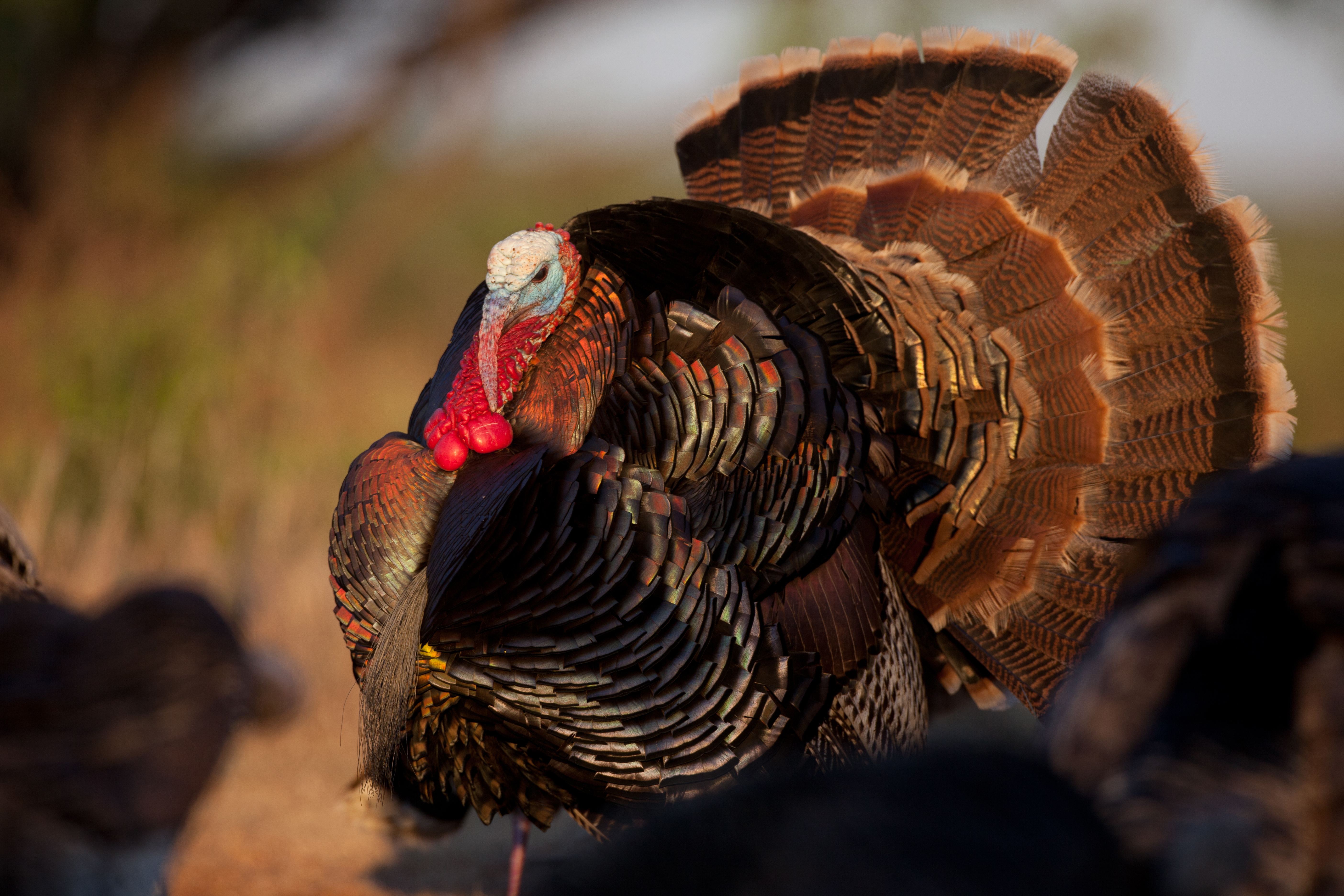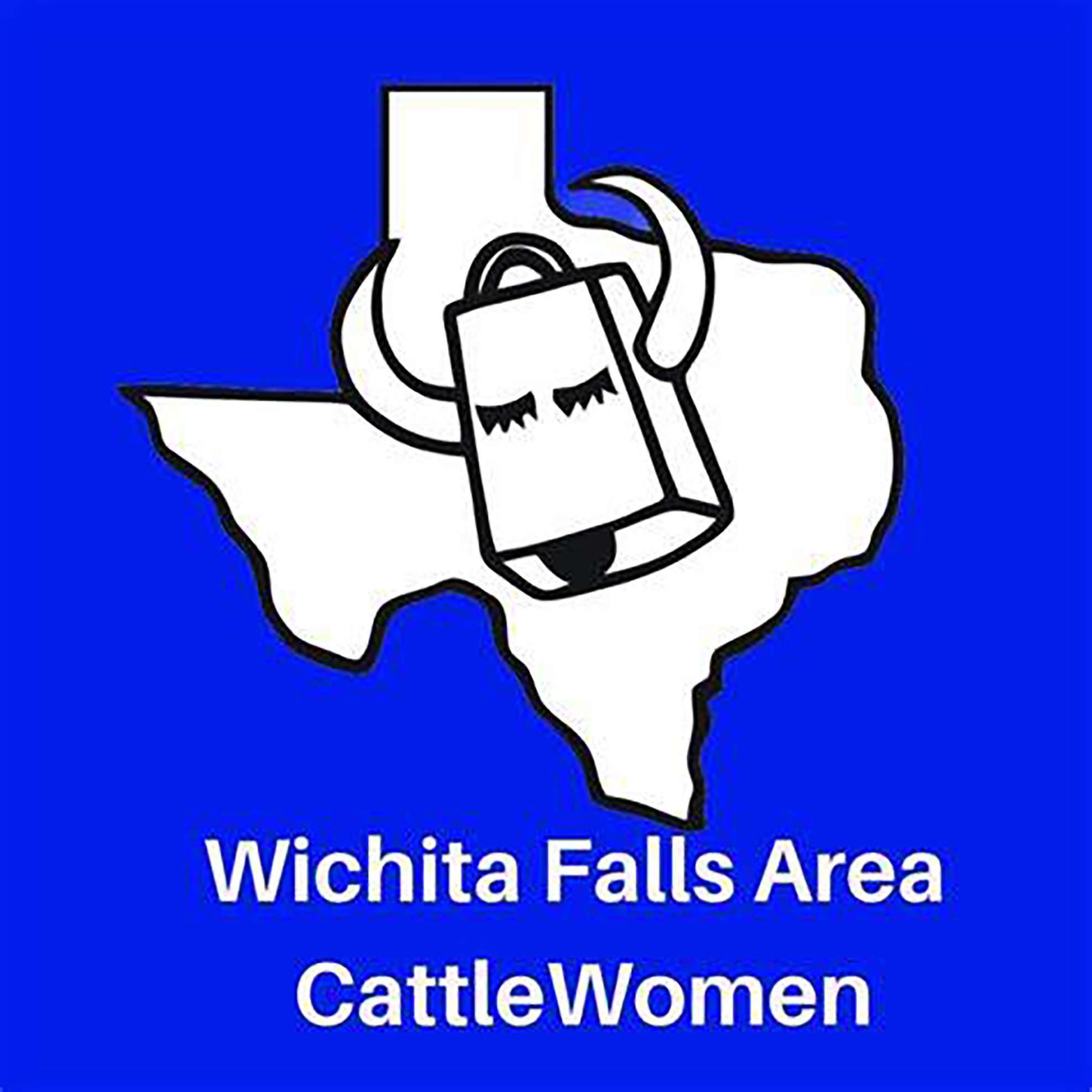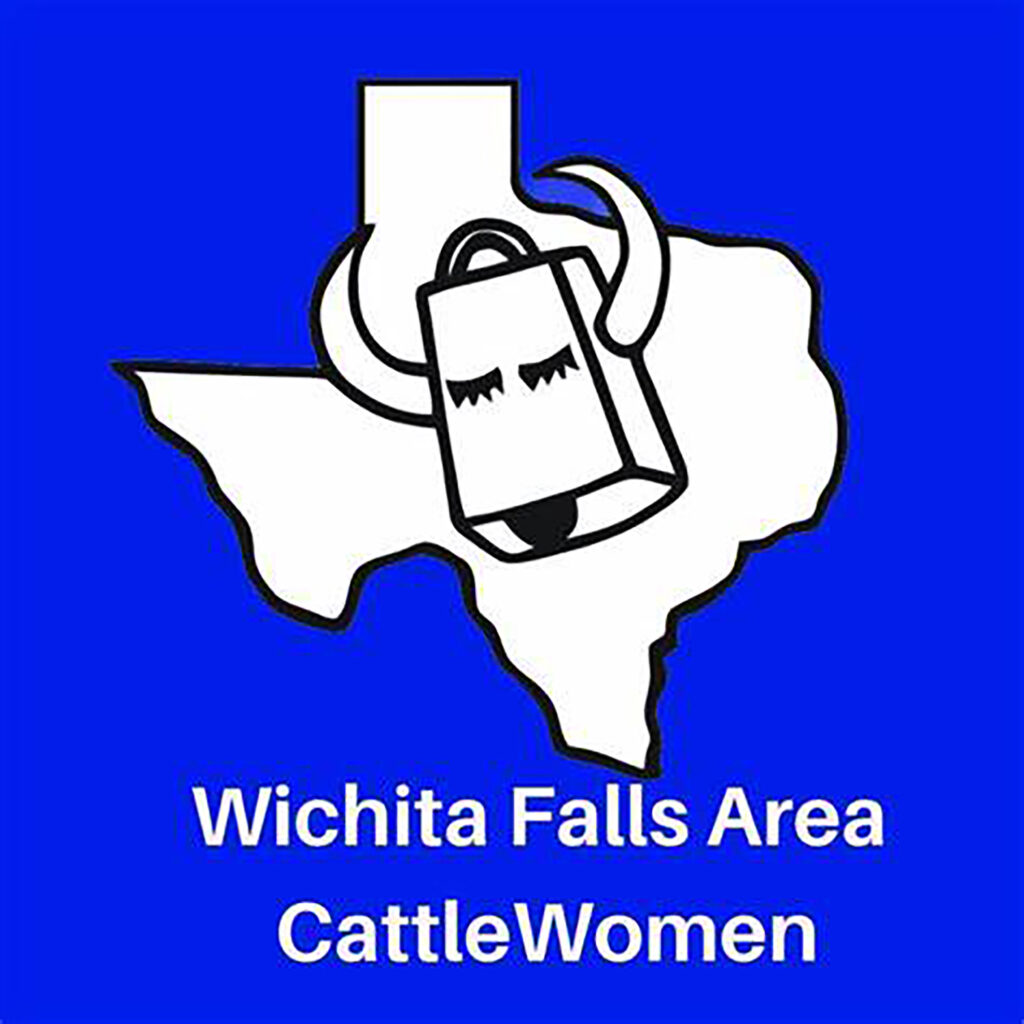HOME
Save the Wild Turkey — Hunt one

By Russell Graves
Spring of 2004 found my brother and I walking through the ash trees in a broad and muddy bottomland in Fannin County, Texas. Just off a deployment to Afghanistan, his time on leave from the United States Army was brief. Luckily, however, it coincided with the new spring turkey season in Fannin County.
Only the second year in existence at the time, the season was short: a five-day work week bookended by weekends gave us only nine days to hunt eastern wild turkeys.
For years, we have seen small flocks and single birds on the Caddo National Grasslands in the northern part of the county, but until the second year of the county’s newly created spring turkey season, we have never seen many turkeys in the mid county area where we hunted most of our lives.
Just a year before this hunt, I saw a few turkeys slipping through the dark timber and heard several gobbles in response to a distant barred owl’s iconic call. This was the first time I could conclude that turkeys were indeed on the property.
On opening morning, we stood and waited and listened in the dark in a thick grove of red cedars that creates a boundary between the upland oaks and the bottomland hardwoods. As the sun burnished the eastern sky, we heard a couple of toms gobble about two hundred yards away. Moving in their direction, we eventually set up in the timber to call the birds the rest of the way to us. Vernally fresh, the trees were adorned with Virginia creeper while the air was filled with the pungent smell of wild onions.
We sat, called, and five minutes later a trio of toms slinked in from the east. With a single trigger pull from my pump shotgun, my turkey fell 22 yards from my feet and 10 minutes after sunrise. As we talked, we heard another solitary tom calling to the north. My brother was scheduled to leave again in just a few days so we exchanged gear. He took the shotgun while I handled the calling. We slowly hiked for ten minutes and made a stand on the south side of a small creek. Just minutes after I first made the slate call purr, a huge, mature gobbler stood 10 yards across the creek from us and strutted. Bubba sealed the deal.
To read more pick up a copy of the June 2018 NTFR issue. To subscribe call 940-872-5922.
HOME
Preparing Spring Gardens

By Hannah Claxton | Editor
The North Texas area is located within USDA Hardiness zones seven and eight. The zones are categorized by predicted low temperatures for winter and timing of the first and last frosts.
Zone seven usually has winter low temps between 0 and 10 degrees F with the average date of the first frost falling between Oct. 29 and Nov. 15 and the average date of the last frost falling between March 22 and April 3.
Overall, these two zones have similar climates and growing conditions, making the options for timing and variety within a garden very similar.
In these zones, cool-season crops should go in the ground in March, meaning that soil preparation should start now.
To read more, pick up a copy of the January edition of North Texas Farm & Ranch magazine, available digitally and in print. To subscribe by mail, call 940-872-5922.

HOME
Equine Vaccinations

By Heather Lloyd
Vaccinations are a critical component of maintaining the health and well-being of horses, especially in environments where they are exposed to other animals, such as in the sport, show and performance arenas. Horses, like all animals, are susceptible to various infectious diseases that can spread quickly and cause serious harm.
A routine vaccination schedule helps prevent the spread of these diseases by preparing the horse’s immune system.
To read more, pick up a copy of the November edition of North Texas Farm & Ranch magazine, available digitally and in print. To subscribe by mail, call 940-872-5922.

HOME
Wichita Falls Area Cattlewomen

Having herds on a controlled breeding schedule means that we have a predictable calving schedule, and while it’s only over a couple of months, for us it does fall right after the start of the year. I lobby annually to call ours the “Winter calving season”, but I am outvoted and my husband still refers to it as Spring. Unlike producers in our Northern States, we don’t have to contend with brutally harsh winter weather, and on those rare times we do, thankfully it is not for extended periods. Regardless of whether you have a Spring or a Fall calving schedule, the health of a newborn calf begins with the mother’s health, and the mother’s health is largely dependent on the producer.
To read more, pick up a copy of the November edition of North Texas Farm & Ranch magazine, available digitally and in print. To subscribe by mail, call 940-872-5922.

-

 Country Lifestyles2 years ago
Country Lifestyles2 years agoScott & Stacey Schumacher: A Growth Mindset
-

 Country Lifestyles8 years ago
Country Lifestyles8 years agoStyle Your Profile – What your style cowboy hat says about you and new trends in 2017
-

 HOME8 years ago
HOME8 years agoGrazing North Texas – Wilman Lovegrass
-

 Outdoor10 years ago
Outdoor10 years agoButtercup or Primrose?
-

 Country Lifestyles5 years ago
Country Lifestyles5 years agoAmber Crawford, Breakaway Roper
-

 Equine1 year ago
Equine1 year agoThe Will to Win
-

 Country Lifestyles9 years ago
Country Lifestyles9 years agoJune 2016 Profile – The man behind the mic: Bob Tallman
-

 Country Lifestyles8 years ago
Country Lifestyles8 years agoDecember 2016 Profile, Rusty Riddle – The Riddle Way




